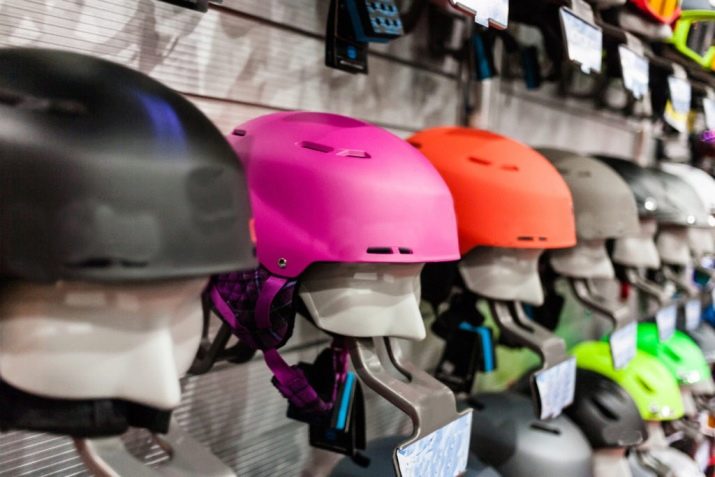How to choose a snowboard helmet?
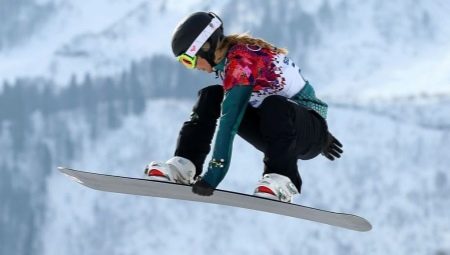
Extreme fun snowboarding requires caution and good protection, and therefore special equipment is recommended for such skiing. From the article, you will learn about which one is better to choose a snowboard helmet, what types of these products are and which one will better protect.
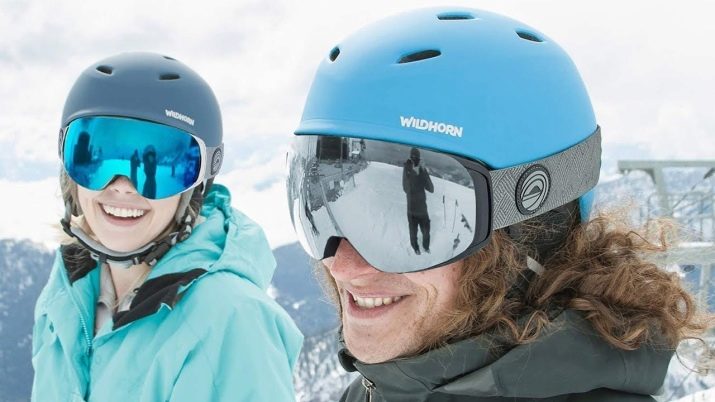
Features and purpose
Today, a snowboard helmet is not just an accessory, but a must-have item on the track. The main purpose of the product is to protect against impact.

Let's find out how this happens in practice:
- in the product, the impact force is redirected from one point across the entire surface of the head, ultimately softening the impact of the impact on one part of the skull;
- the collision force "breaks" first on the base of the accessory itself, is spent on deformation of the structure, not the head;
- due to amortization, trauma is minimized.
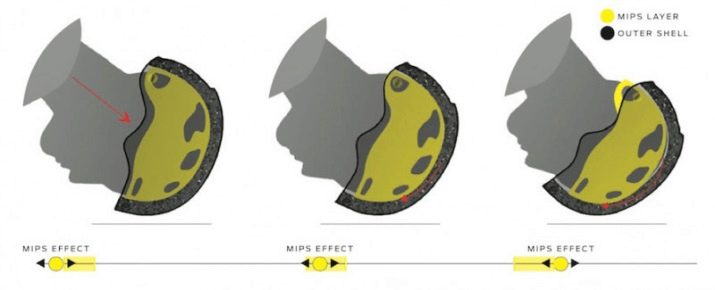
The protection of such equipment is based on MIPS technology, which reduces the possibility of injury to the neck and cervical spine during a fall. In practice, a snowboard helmet is virtually indistinguishable from a ski head protector.
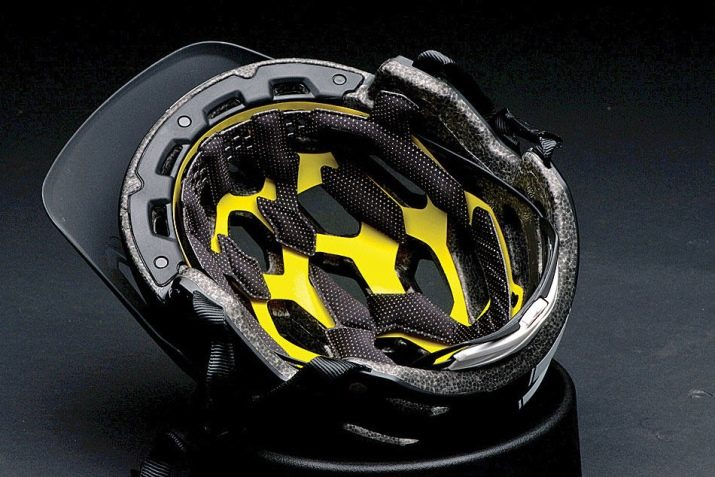
Types of structures
Experts advise you to choose the design of protective equipment depending on your riding style. So, based on this, there are four types of snowboard helmets.
- HardShell models. The inner layer of these products is made of expanded polystyrene, which is firmly glued to the outer part of the plastic helmet. Such a design will withstand repeated blows, and even if the top layer bursts, the liner will provide protection. They are offered to active riders and those who are interested in parkour.
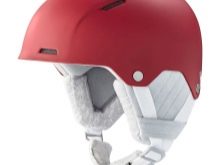
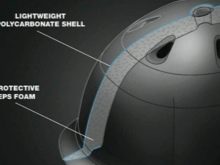
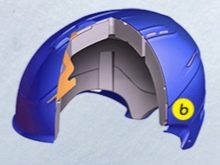
- In-Mold models. This design is much lighter than the previous one, the outer shell can deform when dropped, so these helmets are preferred by those who like quiet riding.
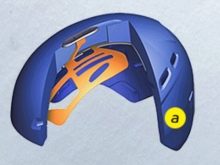
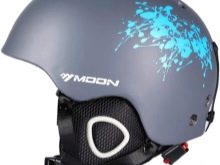
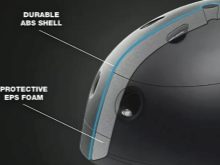
- Hybrid options are a mix of In-Mold and HardShell elements. Quite sturdy construction and not very heavy. Recommended for beginners.
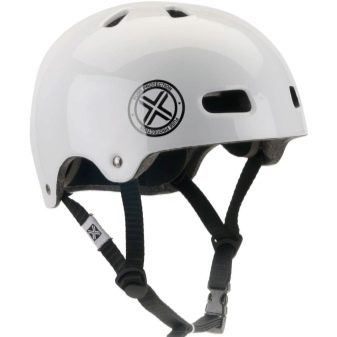
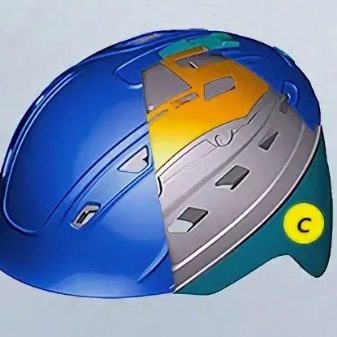
- Soft Shell models. A special feature in this case is the outer layer of the helmet, made of such plastic, which allows it to return to its original shape after deformation. Because of this, the top layer almost always remains intact upon impact, minimizing the risk of head injury.
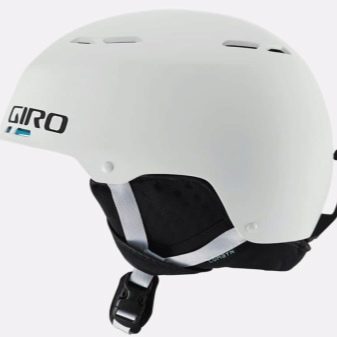
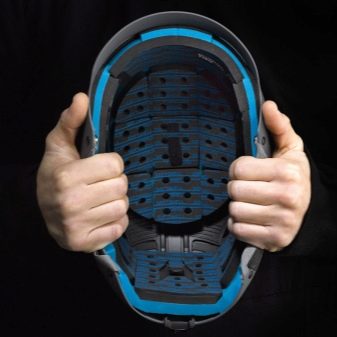
There are also models with headphones - additional ear protection, other options. Modern production of protective equipment is constantly updated, and every season, improved models appear practically.
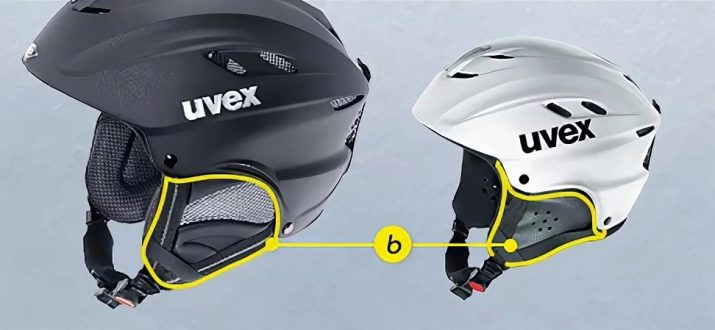
Forms
Protective accessories for the head come in open and closed types, with a visor, as well as a visor, goggles, helmet masks and so on are popular. Let's consider the most common options.
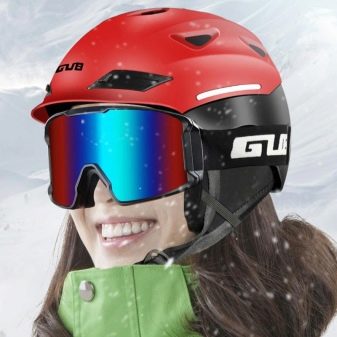
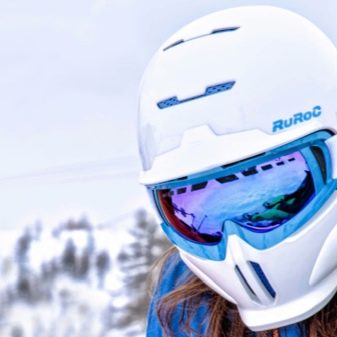
Open
This design does not cover the face. Such specimens are quite light, have good ventilation, it is easy to adjust many models of masks for them, but in general they do not protect the face. Few professional models come with a removable chin guard.

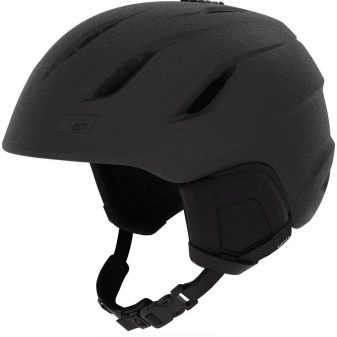
Closed
Such products protect the face and the entire head. They are recommended for beginners and those who ride on difficult tracks. The full face helmet will provide good protection in boardercross and skicross.
In general, they are the best in terms of protection, but heavy and cumbersome. Another disadvantage of such designs is not the best ventilation system, as a result of which the mask fogs up. And not every mask will sit on the face as needed because of the massiveness of this helmet.
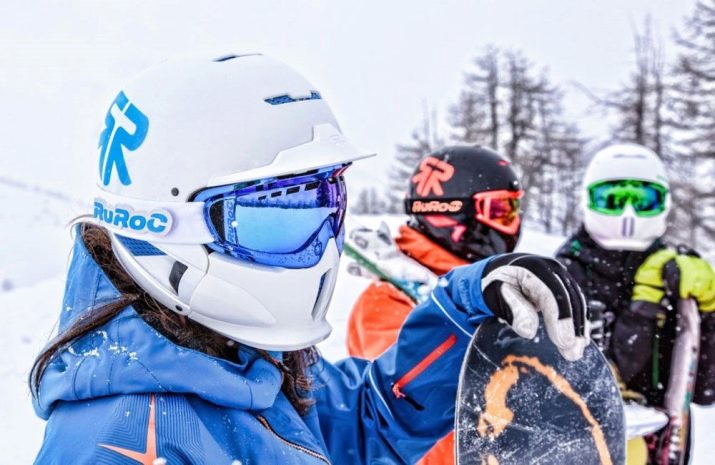
With and without visor
The visor in the helmet primarily protects from the sun, as well as from other external influences. Manufacturers offer products with different visors: more voluminous, medium and very small. More and more snowboard helmets with removable shields are being produced.
It should be borne in mind that the visor can injure when falling, and will also be an extra element for a hold in the thick of the slope. Based on this, it is better for beginners not to stop their choice on such options.
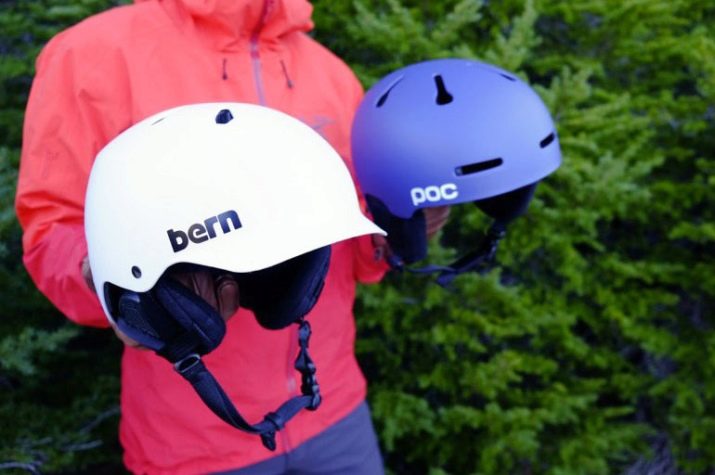
With hard or soft ears
In hard versions, there is also a protective mechanism in the form of a brace to protect the chin. Such models soften the blow. If you are a speed lover, aerodynamic protection will be provided in full.
Many people refuse such options due to the heaviness of helmets, poor acoustics and poor ventilation. They are not so convenient to pull on, respectively, and take off, like models with soft ears. They are more intended for athletes rather than amateur snowboarders.
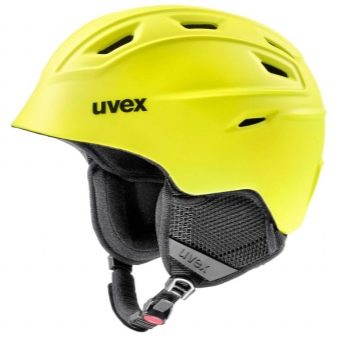

Ventilation types
Air permeability is an essential element of the design. Consider what types it is.
- Active. This system assumes the presence of ventilation ducts in the form of through flaps (there are varieties with one flap, or there may be several of them at once). They are regulated: they can either be completely opened, or only slightly opened or completely closed. The principle of operation of such a system is to take cold air from the forehead, conduct it under the helmet and cool the head by releasing it from the back.
- Passive. Most modern helmets are equipped with it. This is an unregulated system, channels and openings are constantly open, due to which the head is cooled and ventilated. With such ventilation, overheating is impossible, sweating is excluded. It may not be very comfortable in such a helmet when descending a large slope (due to the difference in temperature).
- Ventilation-free system. A part of unventilated snowboard helmets is launched on the market: these are mainly children's models, sports and simple men's versions.This is partly due to the reduction in the cost of production (models for amateurs), and in sports helmets, thermal regulation is provided by different layers inside.
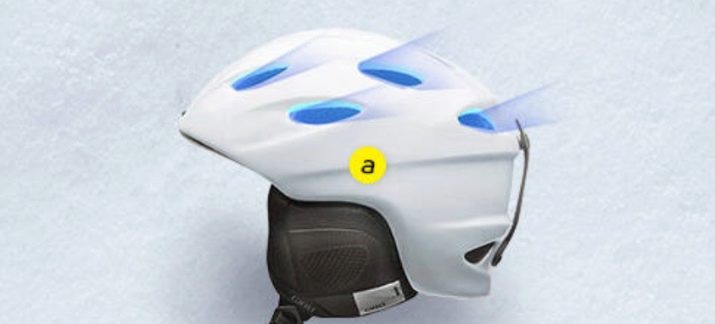
I must say that many models of modern head protective products have special channels for mask ventilation. Thus, the oncoming air flow is redistributed, and the mask does not fog up.
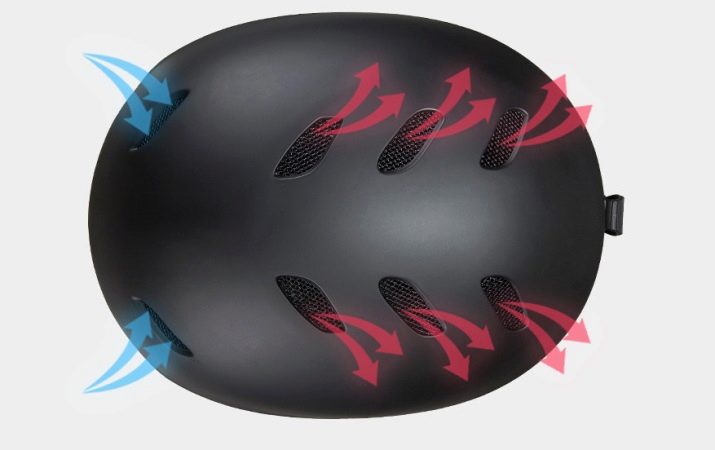
Volume adjustment
For a better fit, you need to use the volume adjustment mechanism (there is such an element in almost every modern product).
You can adjust the helmet to the desired shape of the head in a certain way.
- With replaceable liners. They come with a helmet and are fastened with Velcro from the inside. This adjustment is convenient when the helmet is worn over the cap.
- With clips or mechanical tightening. The last element is located at the back of the helmet and is adjustable by rotation, and the clip is simply moved to another hole if necessary. The disadvantage of this method is that the adjustment does not take place throughout the helmet, but only in the back of it.
- Air adjustment according to the Custom AIR system. Inside the structure there are special reservoirs that "fit" the helmet to the desired shape of the head. Such specimens with anatomical functions improve shock absorption in a collision with an obstacle, and generally provide a comfortable ride.
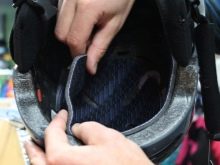
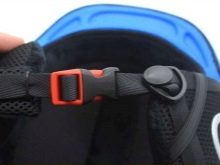

Volume adjustment is essential - this is one of the elements of real protection in an emergency.
Top brands
Which helmet to choose in the end is up to the snowboarder to decide. Various companies offer numerous options: plain and patterned, lighter and rather weighty, with headphones and other additional elements. Let's consider the rating of the most popular manufacturers.
- Mod5 Factory Pilot Matte White by Oakley. This company traditionally produces quality protective equipment. The helmet is easy to put on and has a convenient lock, but most importantly, such options reliably protect against impact due to the hybrid In-Mold and HardShell designs.
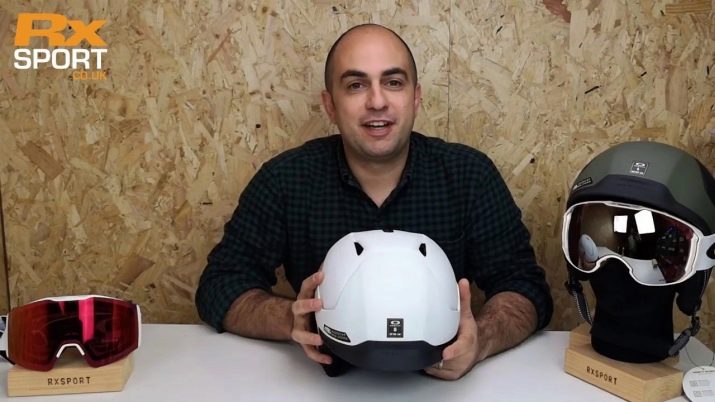
- Unisex GIRO Ledge Matte Deep Orange. The high-strength construction of the French manufacturer allows even ladies with hairstyles to ride. Due to the high-quality microclimate provided by the inner composition of the helmet, not a single strand will be crumpled even during prolonged skiing.
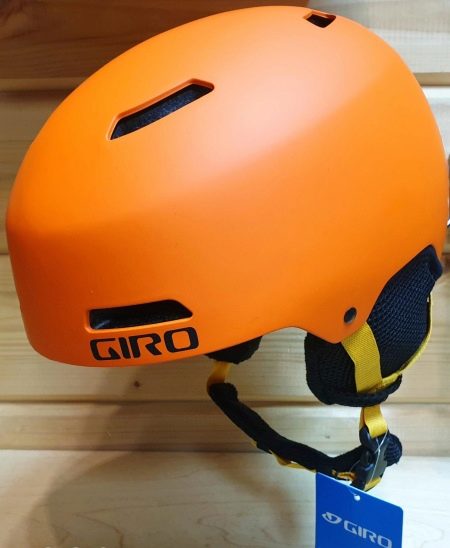
- WEDZE H-RC 550. This helmet with improved eye and head protection is recommended for experienced snowboarders. It adjusts the fit quickly and accurately and can be done without even taking off your gloves. Product with enhanced ventilation.
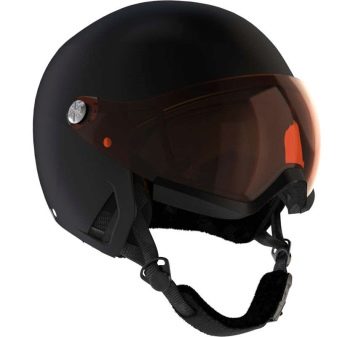
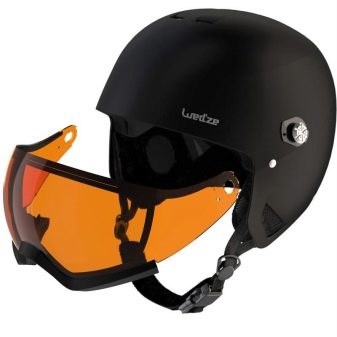
- Cebe Contest Visor Matt Blue White. Detachable headphone design adapted to the dimensions of the Hard Shell. The internal elements of the helmet are removable for cleaning and washing, a neckerchief is included in the kit.
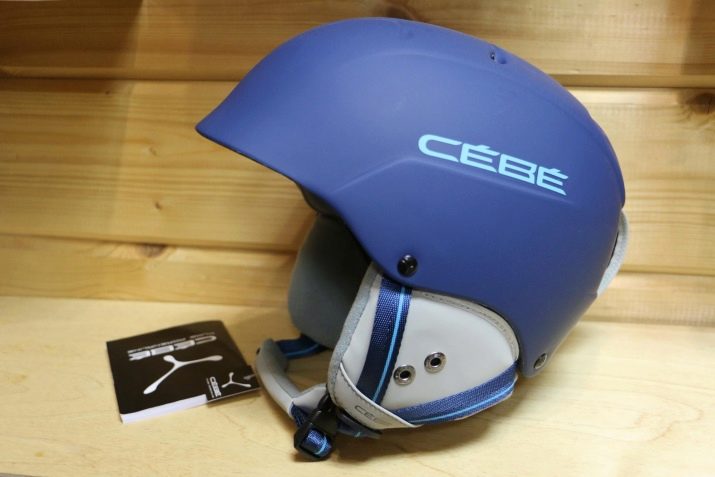
- Anon INVERT. A simple protective accessory made from the simplest materials. Soft fleece lining inside for comfort. But in general it belongs to the category of low-profile helmets. Designed for quiet riding.
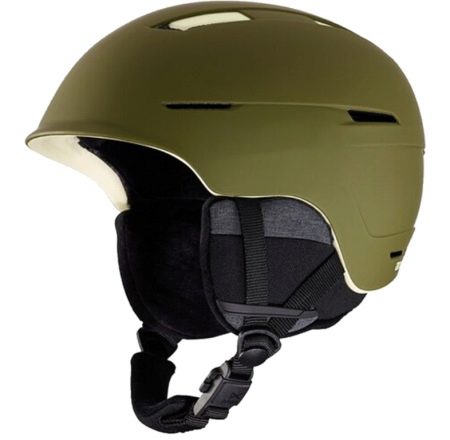
Each manufacturer is trying to surprise sports fans and professionals with new technologies, but simple helmets remain popular, as they say, which are produced without frills and embellishments. They are usually affordable and efficient to operate.
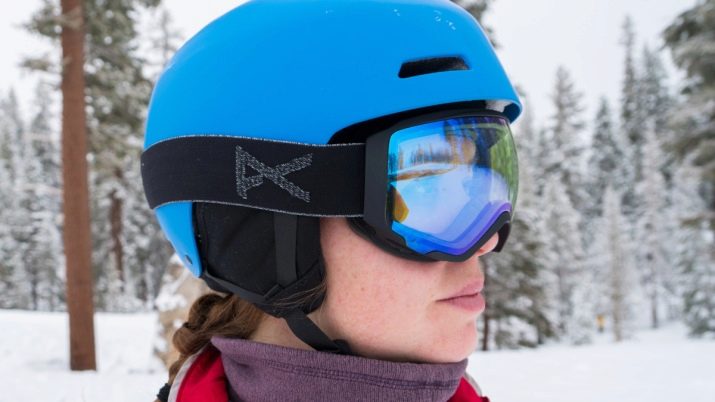
How to choose the size?
To choose a helmet for skiing, you need to determine the size of your head. You can find it out by measuring the head in the occipital-frontal part with a centimeter tape (in front, it is about 2-3 centimeters above the eyebrows). And then take a closer look at the information on the product label, where the symbols and numbers are indicated.
The smallest sizes are the parameters of eski (S) and emki (M), increase to elka (L), then add x (XL, XXL and so on). For girls, selection is more difficult than for men. Women's helmets, as a rule, come in smaller sizes, but if you need a large one, then it is better to find a suitable one among such men's accessories.

Landing rules
It is imperative to try on the product and choose the one that best suits the shape of the head. Helmets vary in shape, so it is important to find the one that fits your head circumference so that you can wear it comfortably. You need to try on an accessory, adjust the strap to your standards and fasten it. Be sure to consider the following points:
- the helmet should not fidget on the head, but sit tight (do not press, not cause pain and discomfort);
- to understand how the helmet sits correctly, you can rotate it - in the process the scalp also moves, the person does not feel pain;
- if it is possible to stick your palm into the gap between the helmet and the face, choose a smaller protection;
- head protection should cover the forehead but not cover the entire frontal area.
If you've tried many options and can't find a suitable fit, don't worry further - just switch your choice to models from other manufacturers.
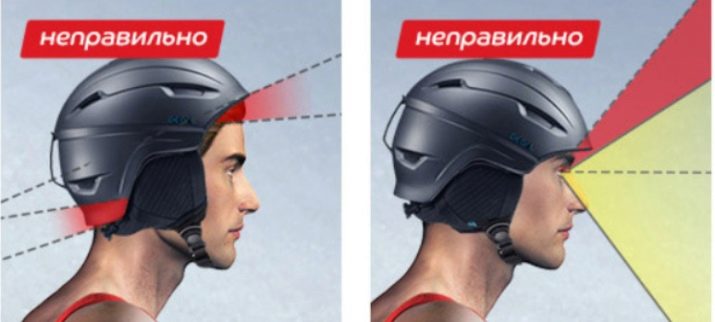
Try on protective elements on the spot and purchase them only if these rules are observed:
- the mask stays tightly on the nose and does not roll off under the influence of the helmet;
- accordingly, the protection for the head does not fall off because of the mask;
- there should be no gaps between these elements;
- protective elements must fit snugly and not leave dents or other marks on the skin.
Also rely on personal feeling when choosing these riding accessories.
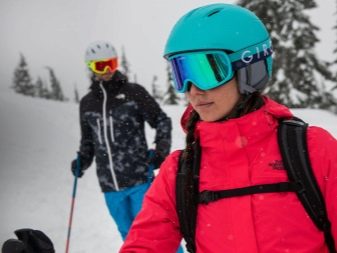

Care
Taking care of your snowboard helmet is pretty straightforward. After skiing, the following rules must be observed:
- dry the product in its natural environment;
- pack the dry accessory in a case and store in a dark place (not near heating elements);
- the bottom lining is periodically cleaned, you can wash;
- check each time for integrity, inspect straps and buckles;
- if deformations are found, do not operate and replace with a new one.
A good helmet can last 2-3 years, after this period of time the manufacturers recommend replacing the used product, even if it is not damaged.
